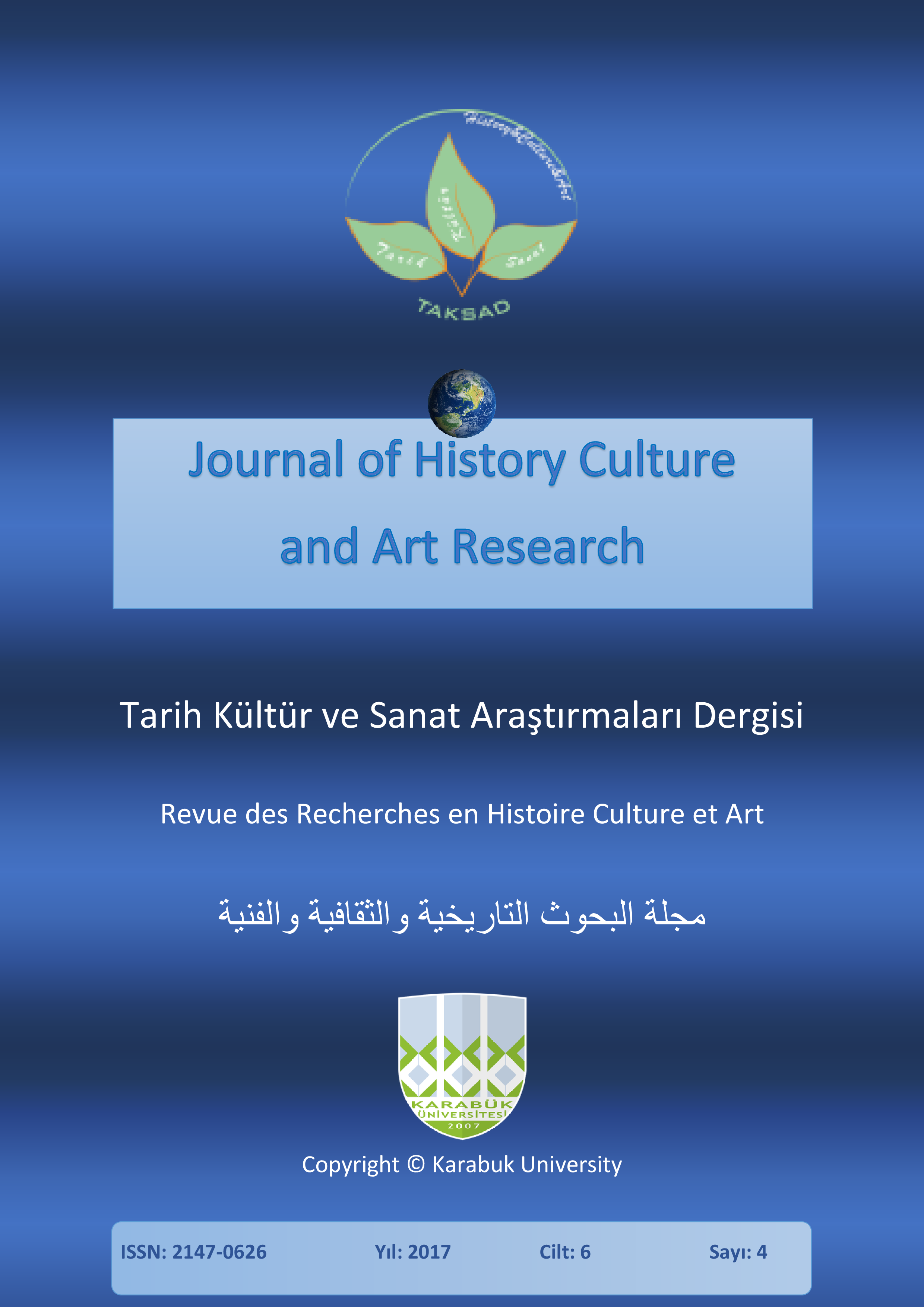Differentiation of Students’ Physical Load in Group Health-Improving Classes
DOI:
https://doi.org/10.7596/taksad.v6i4.1161Keywords:
Physical culture and health-improving classes, Differentiation of physical load parameters, Optimization of motor activity.Abstract
The paper reveals the relevance of the implementation of group including educational-training classes with students, technologies of differentiation in planning the parameters of physical loads corresponding to the current state of the respondents. The paper presents the results of the directed use of individually-oriented health-improving programs designed for those engaged in them taking into account the results of detailed analysis of the level of their physical fitness, health and functional status: the conducted pedagogical experiment has shown that it was possible to achieve a significant health-improving effect (i.e. to increase the level of health by at least 1 point) in 32.6% of cases, which is 15.2% higher than in the control group, and to improve the level of the morphofunctional state of the organism in several features for all students of the experimental group. The level of general physical fitness of 91% of respondents increased on average by 18%, which is more than 50% higher than the control group. The organizational and methodological conditions necessary to apply these technologies in group training classes at the university with the purpose of optimizing the physical education of students are specified.
References
Andrzejewski, M.; Chmura, J. & Strzelczyk, R. (2010). Individualization of physical loads and speed abilities of young soccer players in a six-month training macrocycle. Journal of Human Kinetics, 482-485.
Apanasenko, G. L. & Popova, L. A. (2000). Medical valeology. Rostov-on-Don: Feniks.
Dvoenosov, V. G. & Shadrin, V. M. (2004). Individually-oriented physical culture as a factor of a healthy lifestyle. Kazan: “Novoe Znanie” CJSC.
Grigoriev, V. I. (1998). Sport and pedagogical technology of physical education management of university students. Problems of improving the educational and training process in higher sports educational institutions: materials of the IV interuniversity scientific-practical conference, pp. 24-26. Chaikovskii.
Kalina, I. G. (2008). Individualization of sport and recreational activities of further education teachers: the author's abstract for the degree of Candidate of Pedagogical Sciences. Kama State Academy of Physical Culture of Sport and Tourism. Naberezhnye Chelny.
Masironi, R. & Denolin, H. (1985). Physical activity in disease prevention and treatment. Padua: Piccin; Boston etc: Butter worth.
McLachlan, S. & Hagger, M. (2011). Do people differentiate between intrinsic and extrinsic goals for physical activity. Journal of Sport & Exercise Psychology, (33), 273-288.
Ntoumanis, N. (2001). A self-determination approach to the understanding of motivation in physical education. The British Journal of Educational Psychology, (7), 225-242.
Peshkova, N. V. & Alkova, S. Iu. (2000). Organization of individually-oriented educational sport process at university. University physical culture and student sport: the state and prospects for improvement: materials of the regional scientific and practical conference, pp. 11-13. Tyumen: Publishing house of Tyumen State University.
Riddoch, C. J.; Mattocks, C.; Deere, K.; Saunders, J.; Kirkby, J. & Tilling, K. (2007). Objective meas-urement of levels and patterns of physical activity. Archives of Disease in Childhood, (92), 963-969.
Shilko, V. G. (2003). Methodology of building an individually-oriented content of physical culture and sports activities of students. TIPFK, (9), 45-49.
Downloads
Published
How to Cite
Issue
Section
License
All papers licensed under Creative Commons 4.0 CC-BY.- Share — copy and redistribute the material in any medium or format
- Adapt — remix, transform, and build upon the material for any purpose, even commercially.
Under the following terms:
Attribution — You must give appropriate credit, provide a link to the license, and indicate if changes were made. You may do so in any reasonable manner, but not in any way that suggests the licensor endorses you or your use.
- No additional restrictions — You may not apply legal terms or technological measures that legally restrict others from doing anything the license permits.







